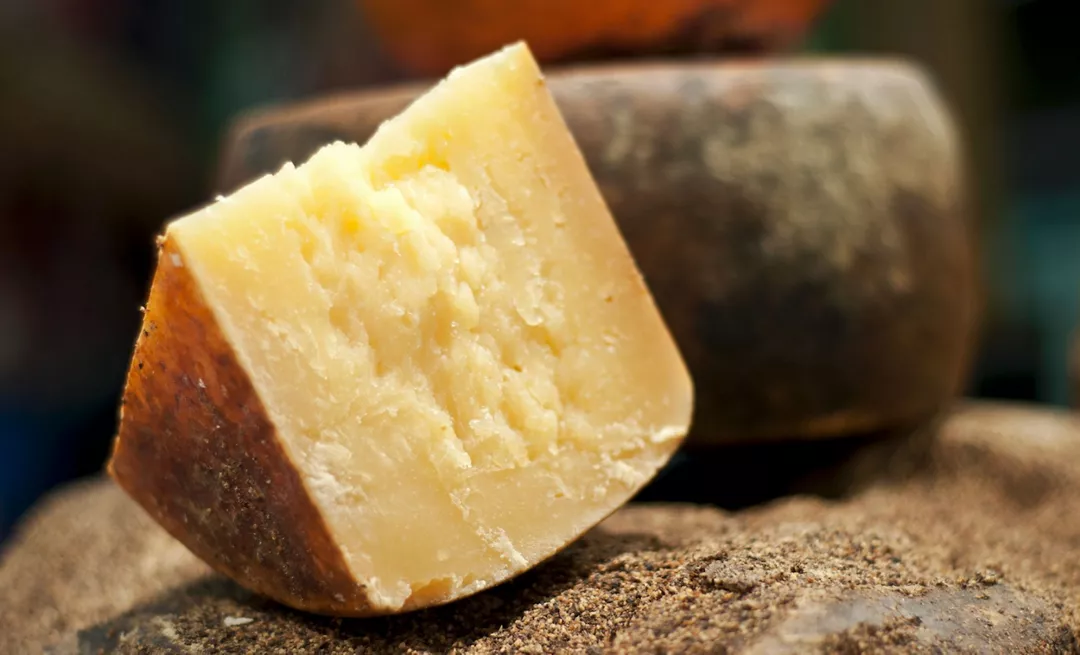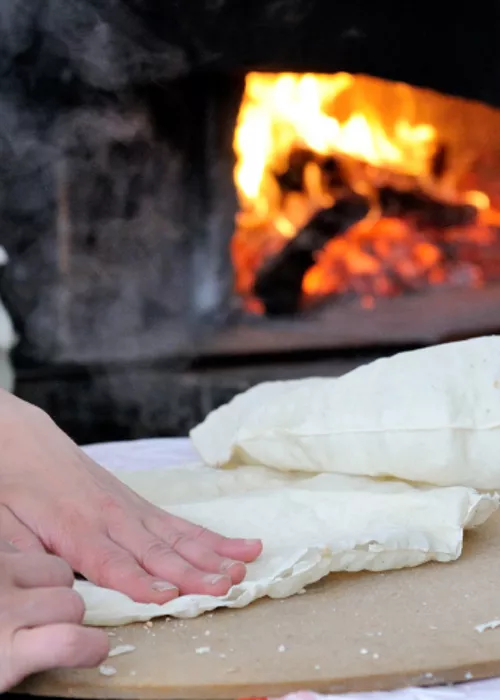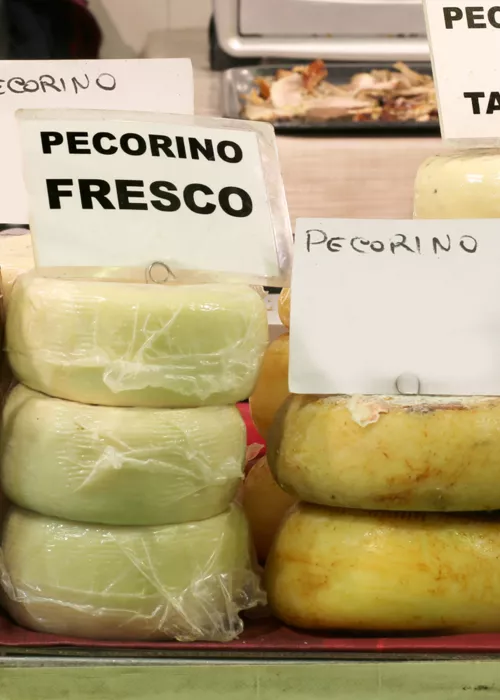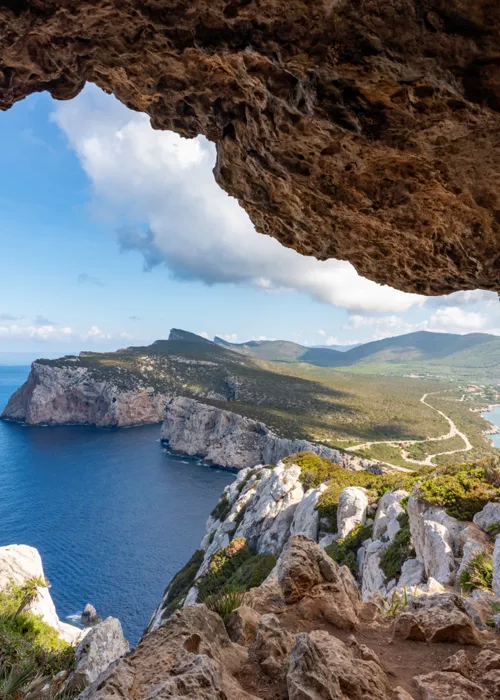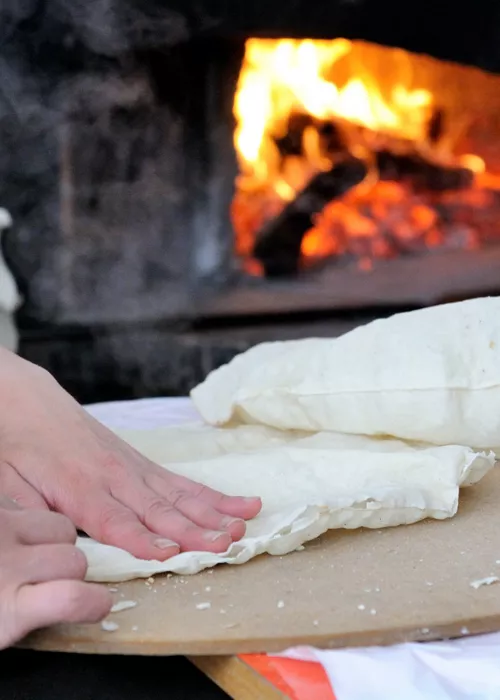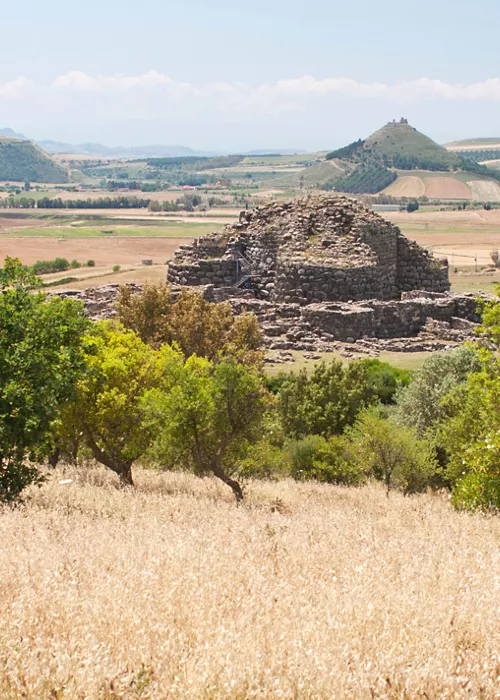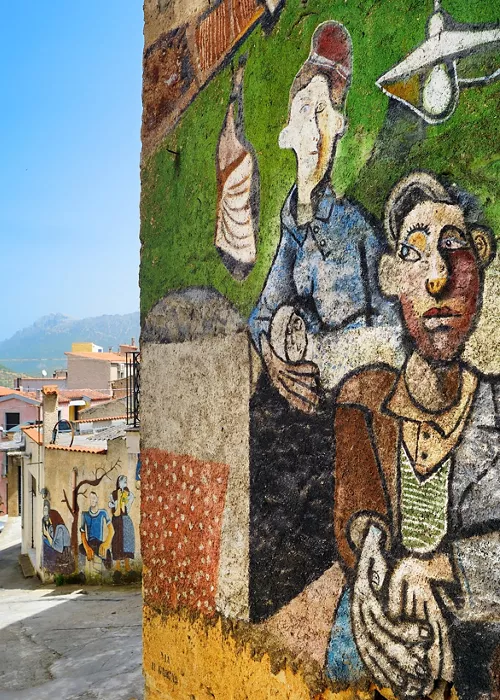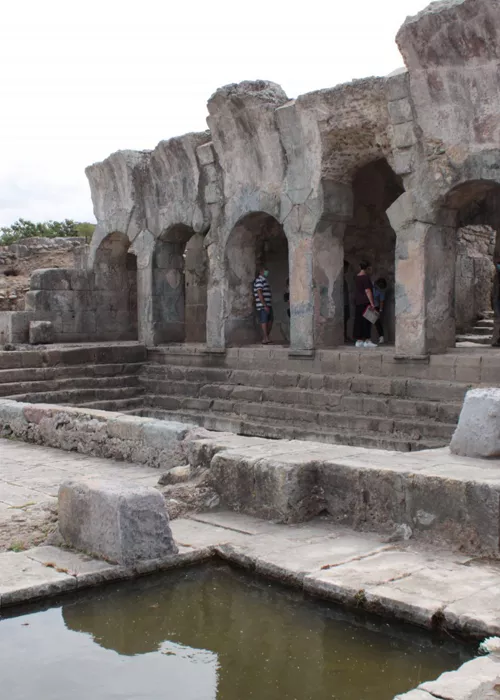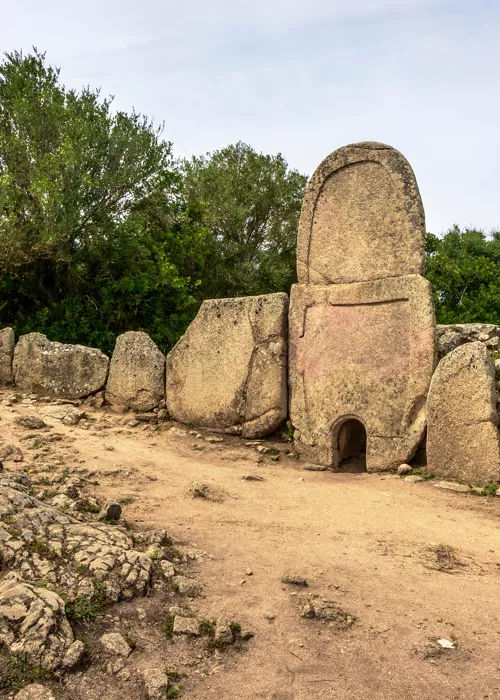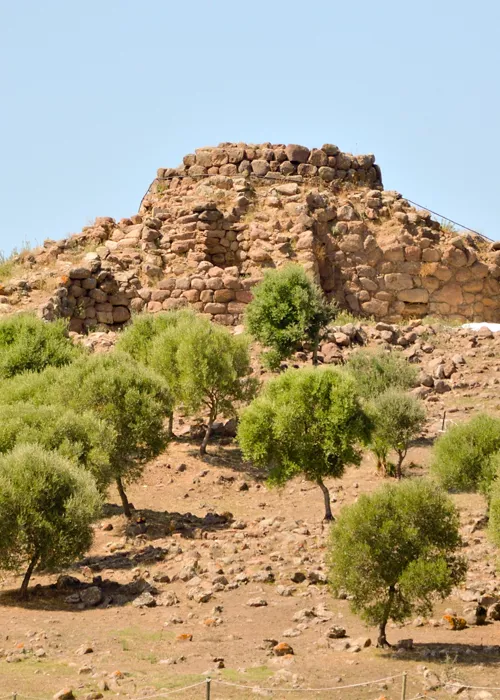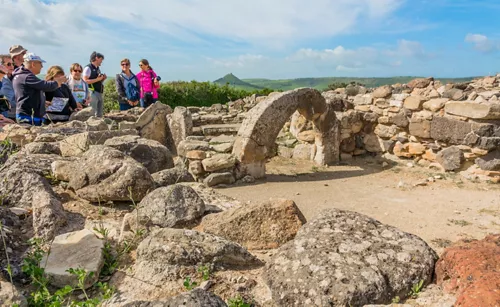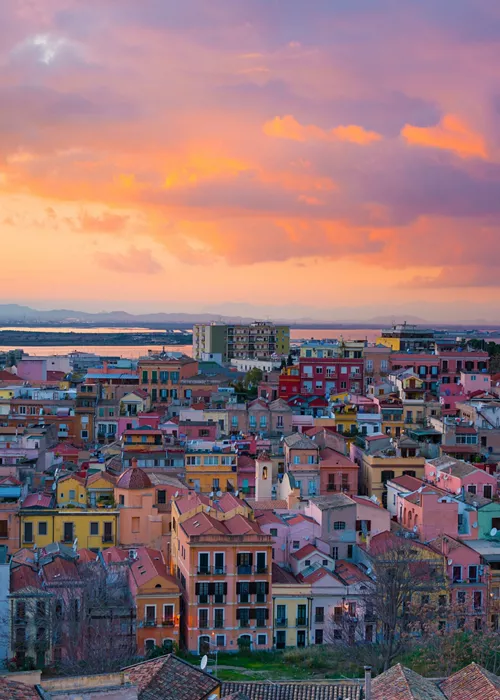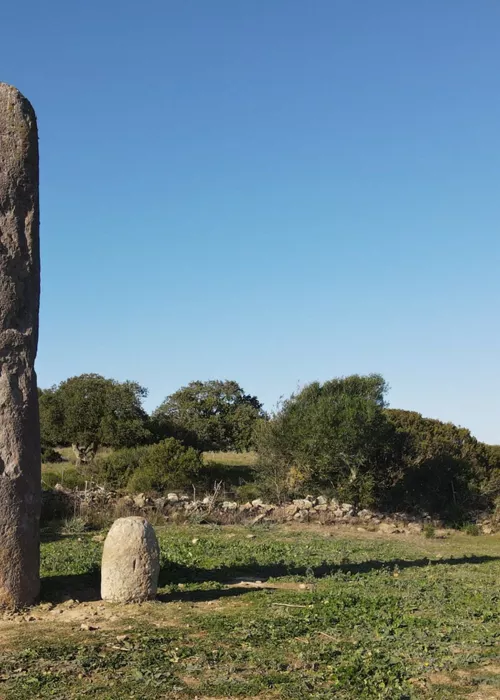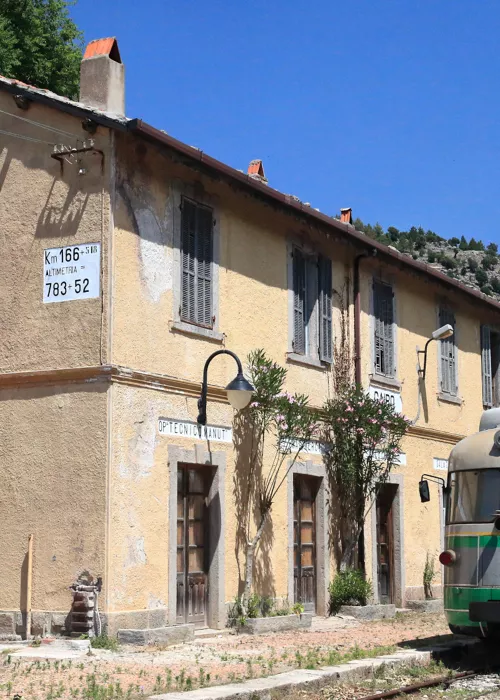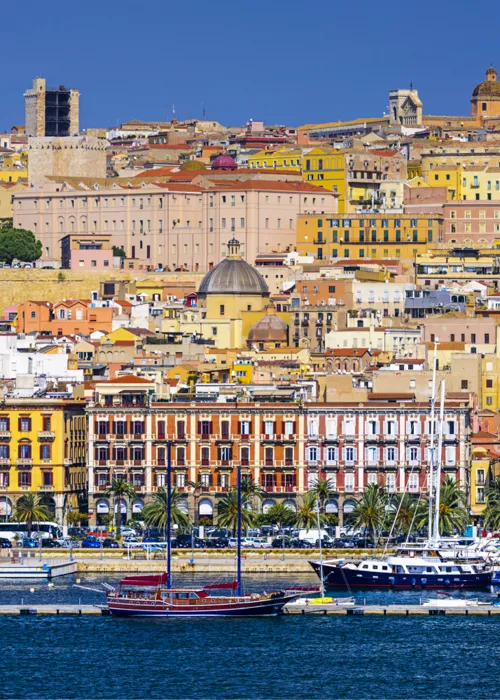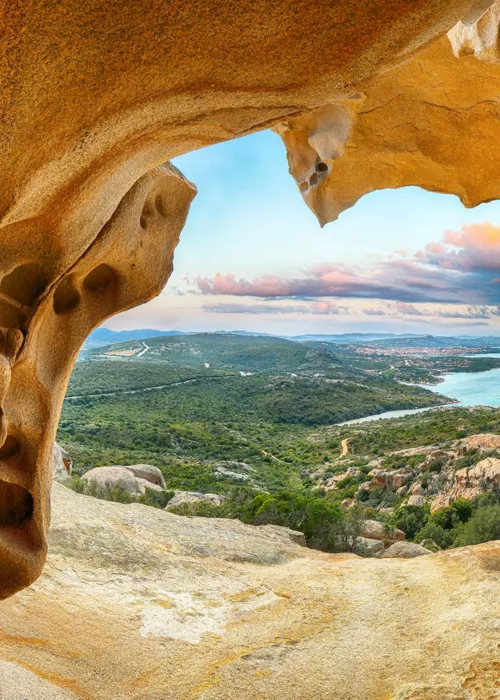Sardinian Pecorino Cheese
2 minutes
The tradition of cheese in Sardinia is ancient and important and the exports of its pecorino cheese have contributed to ensuring this classic Made in Italy product is renowned worldwide. The great capacity of Sardinian shepherds of producing this cheese regularly and with excellent quality results has contributed to increasing the importance of sheep's milk cheese or of a mixture of sheep and goat’s cheese on our tables over the last few years. Sheep farming in Sardinia has ancient origins dating back to the Nuragic Civilization (prior to the first millennium BC.).
Three Sardinian cheeses are protected and safeguarded by the Denomination of Protected origin (DOP): the Sardinian pecorino cheese, the Roman pecorino cheese and the Sardinian Fiore cheese.
Sardinian pecorino cheese
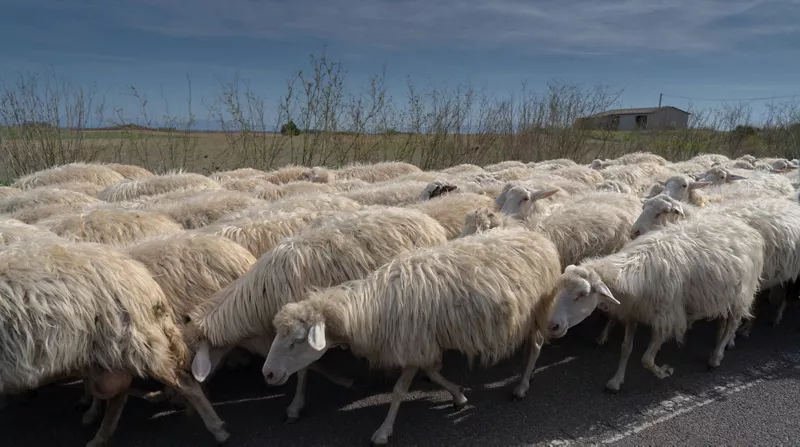
This cheese which is obtained only from whole sheep’s milk comes in two types: "sweet" and "ripe". The sweet one matures in 20 to 60 days inside it is white, soft, compact when cut and its taste is aromatic, delicate, and slightly tart. The ripe variety is aged for 5 or 6 months. It is hard inside, the cut may be compact or chipped and the colour is white or slightly yellow. The flavour is very strong and intensely aromatic.
The Roman pecorino cheese
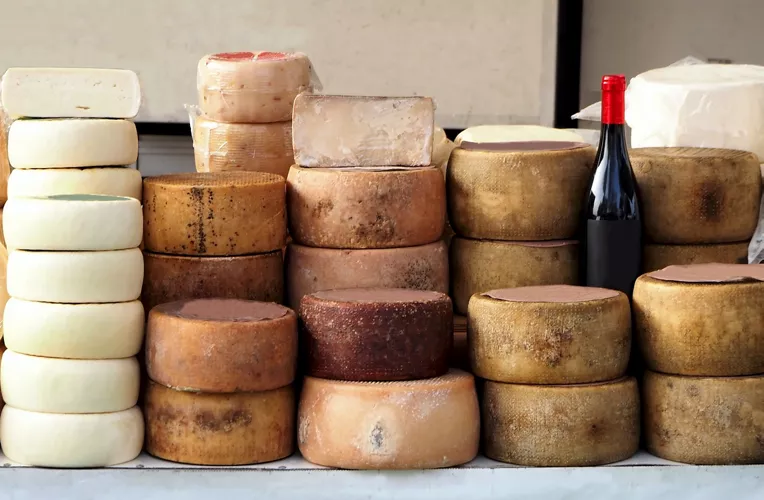
Sardinia is the largest producer of this classic cheese. Although legislation gives Pecorino Romano the designation of origin, it allows the production in Sardinia. Notwithstanding its name, Roman pecorino cheese is counted as a typical Sardinian PDO product. It is worked with an ancient technique: the lamb or kid rennet is added to the heated whole milk. The cooked curd is distributed into moulds, where it is punctured with a stick to release the whey. After being dry salted, it is left to mature for 8 months and is often turned, cleaned and massaged with oil in order to prevent cracks in the crust. At the end, the cheeses are dyed brown with special clays. Roman pecorino cheese can be both well-aged - with a stronger flavour and a hard texture which is often grainy – and fresh - sweet and aromatic with a soft paste. Both Sardinian and Roman pecorino cheeses are used as table and grating cheeses and in many preparations. The grated well-aged cheese flavours pastas and soups. Roman Pecorino cheese is also often eaten with fresh fava beans.
Fiore
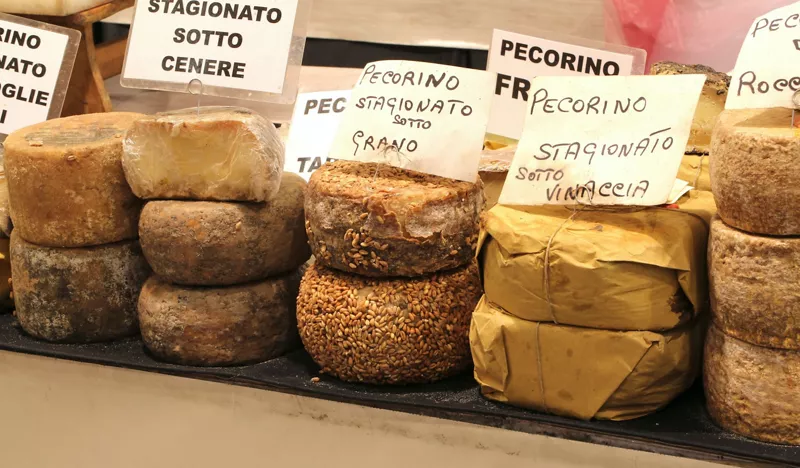
This PDO sheep's milk cheese also boasts the prestigious title of Presidio Slow Food.It is a hard raw cheese, made exclusively with fresh whole sheep’s milk coagulated with lamb rennet or, more rarely, kid. It is still largely produced directly by commercial pastoral farms and according to ancient methods. The milk comes from a single milking and is dairy processed without undergoing any treatment. The rennet used is often produced at home. Once the cheese is obtained, the cheese mass is transferred to the characteristic truncated cone moulds in which the shape is modelled. This cheese is great as a main dish and may also be eaten at the end of a meal. It can also be used as a grating cheese.

